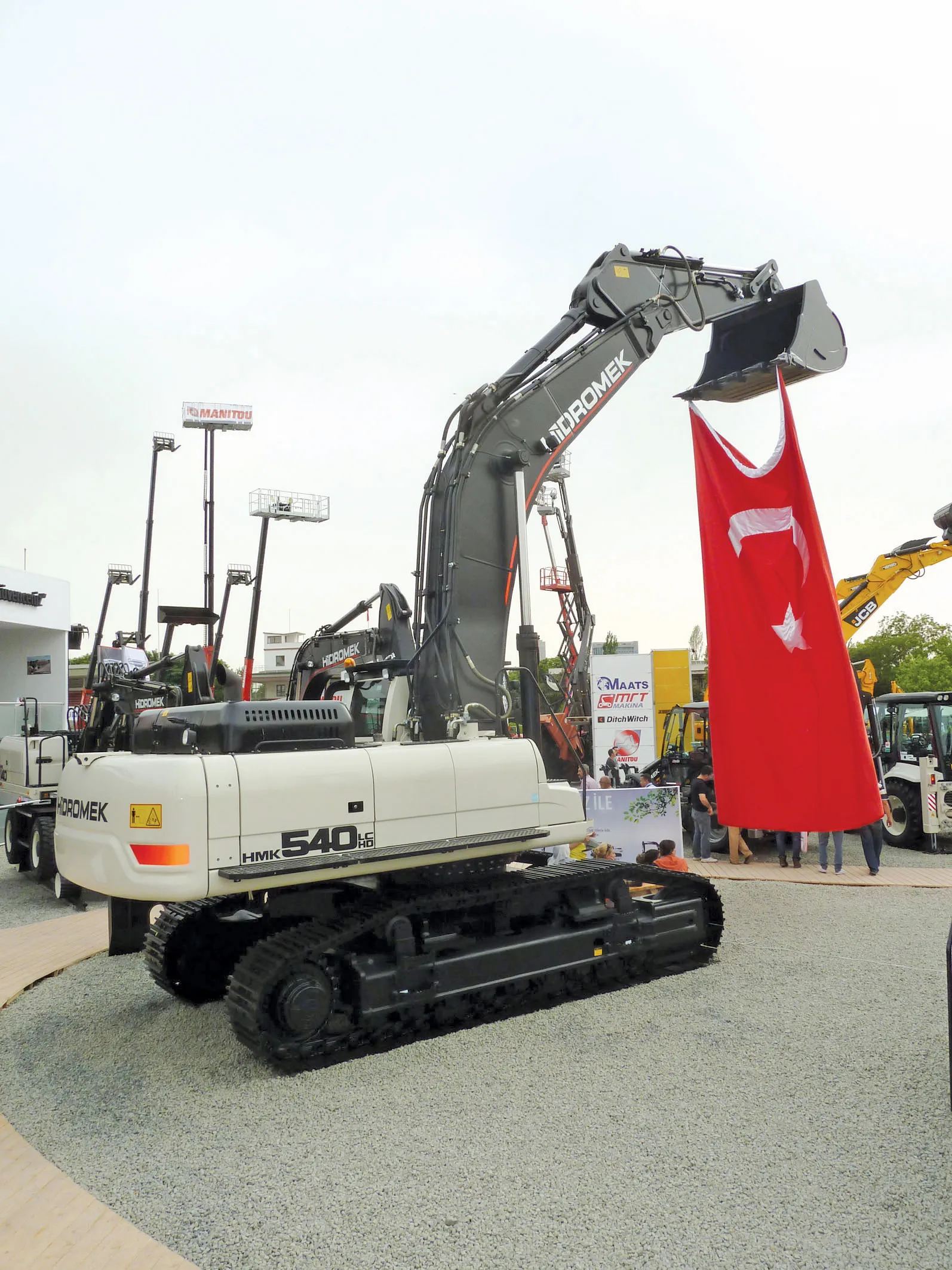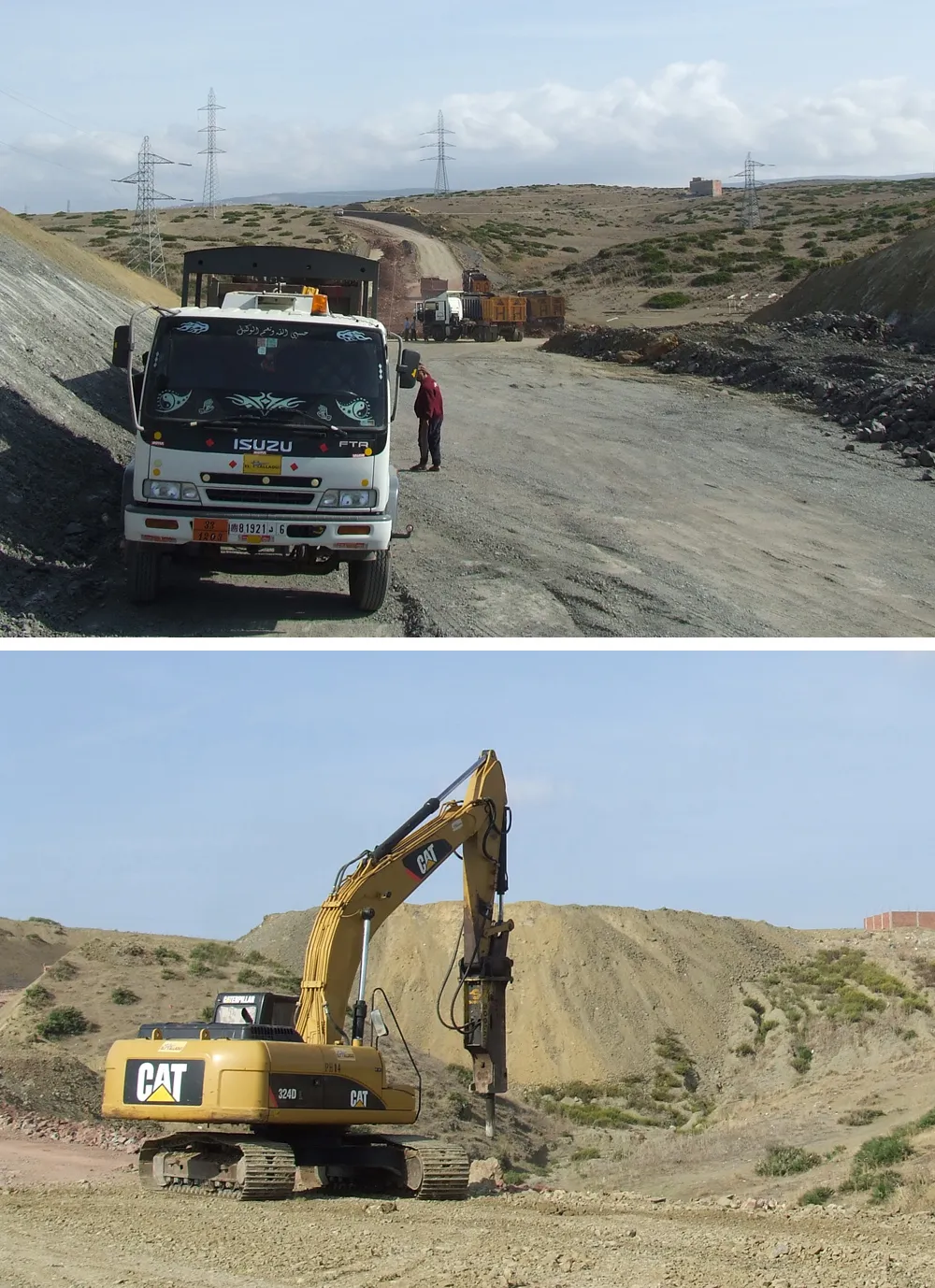Hidromek used its home event to show the HMK540LC HD, a heavyweight 54tonne excavator. Its pending arrival will put the company into new market segments including quarrying, aggregate production and demolition, sitting above the current range-topper, the 37tonne HMK370LC.
Still at prototype stage, the final design of the HMK540LC HD has yet to be confirmed, but expect production to start in 2014 following feedback and testing with potential customers. And Hidromek expects to grow its tracked excavator ra
August 21, 2013
Read time: 2 mins

Still at prototype stage, the final design of the HMK540LC HD has yet to be confirmed, but expect production to start in 2014 following feedback and testing with potential customers. And Hidromek expects to grow its tracked excavator range further, with additional models boosting the portfolio at the upper and lower ends of the current excavator range.
Hidromek's high-reach HMK370LC D and the HMK220LC TX show the company's ability to adapt to customer requirements when it comes to producing specialist equipment. In the case of the high-reach machine, there is an estimated eight million homes scheduled for demolition in Turkey over the next 10 years, as the country embarks on a massive redevelopment programme. The TX model however, is aimed at tunnelling requirements, which are required as part of the country's new road building projects. The HMK220LC TX is equipped with a boom that can oscillate 45° either side of centre.







